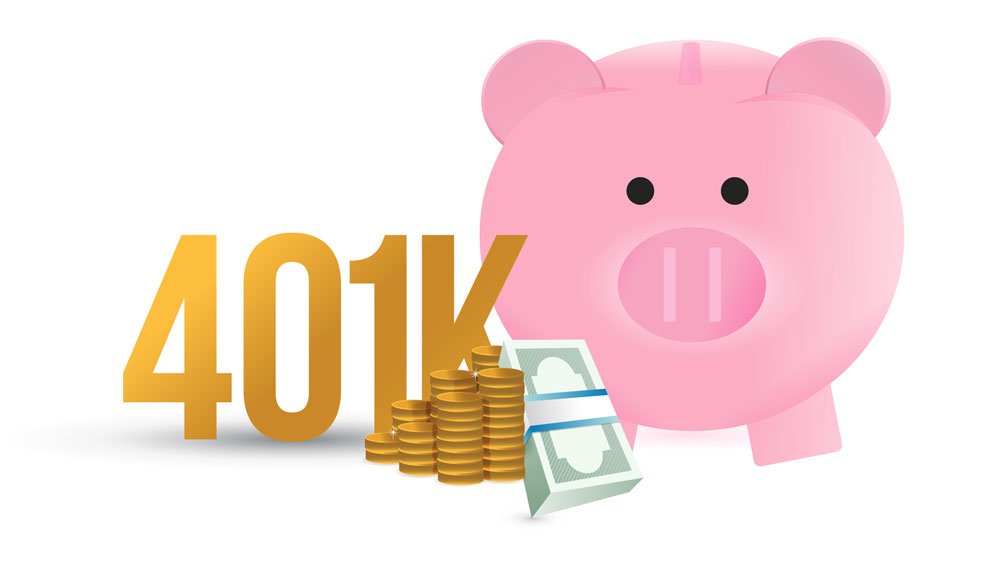If there were a single number that guaranteed financial security in retirement, we’d all know how much savings to aim for. But there are numerous factors that dictate how large a nest egg you’ll need to live comfortably once you stop working – things like the home you expect to reside in, the things you plan to do with your days, and the extent to which you expect health issues to eat up your financial resources.
Still, it helps to have a ballpark estimate on the savings front, and in this regard, Provision Living did some digging late last year and discovered that Americans, on average, think $610,000 is the magic number for a secure retirement. Given that the average U.S. salary in 2018 was $63,179, that may not be so far off. Seniors are often advised to leave the workforce with 10 times their ending salary banked, so for someone earning $63,179, that would mean entering retirement with $631,790 – not a crazy jump from $610,000.
The problem, however, is that most Americans only expect to save $276,000 by the time they retire, resulting in much more of a gap. And that’s troubling, even if that $610,000 figure is a bit off.
How much retirement savings will you need?
Though retiring with 10 times your ending salary is a good goal to strive for, you may be able to get away with less – or, you might need more. It really all depends on what you expect your living expenses to look like. As such, it pays to sock away as much money as you can so that if your golden years wind up costing you more than expected, you won’t struggle to pay the bills.
Of course, ramping up your savings rate isn’t the easiest thing to do when you’re grappling with near-term bills. But if you’re willing to slash a few expenses in your budget, you might free up enough cash to give your nest egg a solid boost – one that allows you to retire more confidently.
Case in point: Socking away an extra $250 a month over 20 years will increase your retirement savings by $123,000, assuming your investments generate an average annual 7% return during that time (which is a few percentage points below the stock market’s average). If your current savings rate would otherwise leave you with $300,000, setting aside that extra $250 a month will give you $423,000 instead.
It also pays to look at getting a second job if you’re behind on retirement savings and need to catch up. And even if you’re not behind per se, having a second income could help you boost your nest egg without having to make too many lifestyle sacrifices along the way.
Is $610,000 within your reach?
If entering retirement with $610,000 to your name sounds like a good goal, know that the sooner you begin saving, the more likely you are to get there. In fact, if you begin setting money aside in your early 20s, thereby giving yourself a 45-year savings window, you can amass $610,000 by socking away just $178 a month, assuming your investments generate that 7% average annual return we talked about earlier.
If you’re starting out later than your early 20s, you’ll need to save more on a monthly basis. But if $610,000 is your goal, be sure to give yourself ample time to reach that figure.
Of course, you may decide that you don’t need $610,000 to live comfortably in retirement, or that $610,000 won’t come close to paying the bills. Your best bet is really to land on your own personal retirement savings target rather than rely on an average, and then map out a plan that allows you to accumulate the sum you have in mind.

